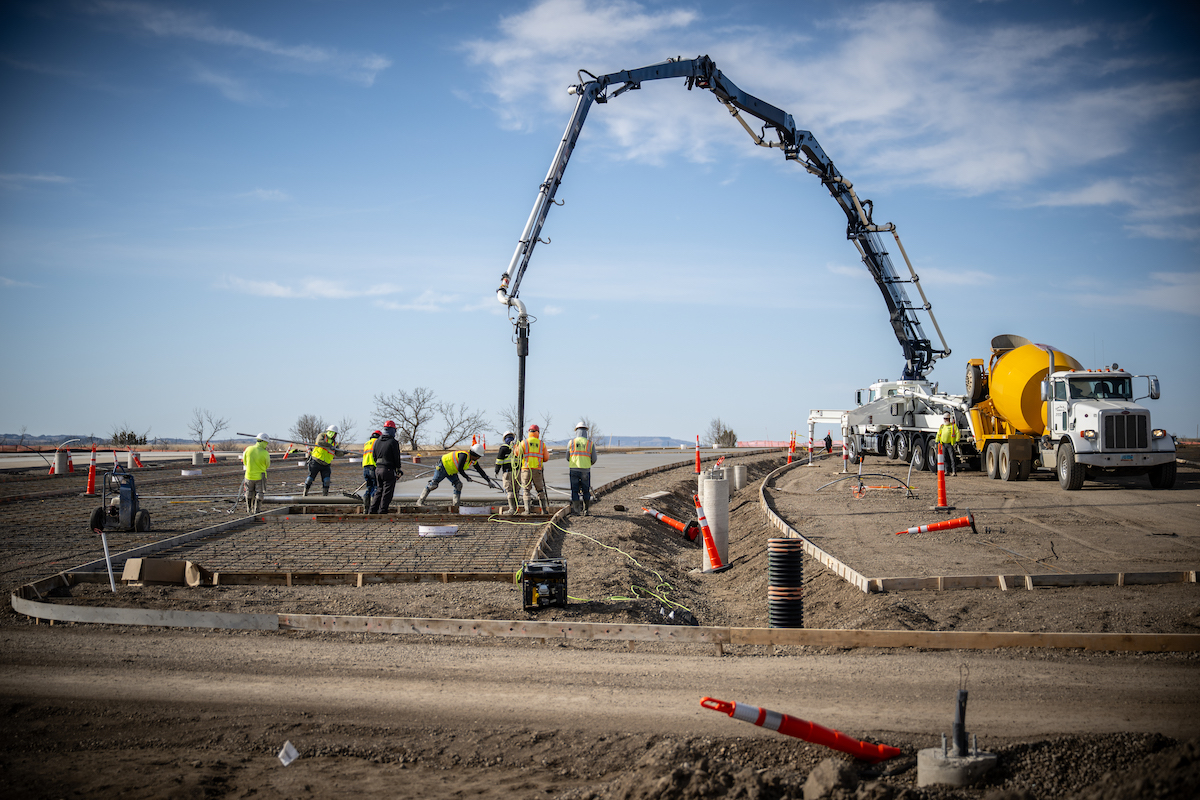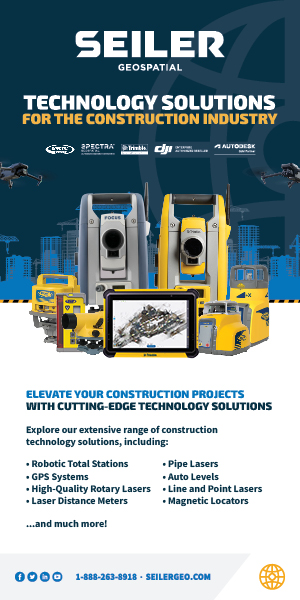The design theme “Healthy People, Healthy Planet: Wellness and Well-Being for All” plays off the abundance of lakes in Minnesota, referencing water as a link between and foundation of health and vitality.
"With a spotlight on accessibility to support healthy people and a healthy planet, we engage universal design elements to promote an inclusive and welcoming transit-oriented development," said Chris Bell, AIA, Principal at DLR Group. “Physical health, well-being, and cognitive function are all improved with nature connectedness; Expo 2027 will foster this human connection through the site planning."
The proposed design is a new development coined the “expo district” that links to existing structures at the Mall of America and its surroundings, providing a link between nature along the Minnesota River to the mall. Visitors will be provided with the ability to find respite and connection to nature along the current nature trail system and new pathways as a journey through the development. These paths are activated with different experiences as they intertwine with pavilions, stages, entertainment spaces, and conference spaces. The site will also include new structures and off-site venues that can be used for specialized programming and other amenities to complement the event, all of which are easily accessible by public or private transportation.
Expo 2027 has the potential to go beyond reducing the adverse environmental impacts; by being a model for a design that reflects natural patterns and forms, the built environment can benefit the natural environment. After the event, DLR Group has proposed a legacy plan in which the facilities will transition to an innovation center, housing, and airport connectivity that will foster better living in Minneapolis.

| Your local Gomaco dealer |
|---|
| Hayden-Murphy Equipment Co |
The design includes event space; an exhibition hall; food, beverage, and open space; and concert stages. The Expo 2027 site is designed to reverse the current trend of today’s resource-draining communities by capturing, storing, and recycling resources that naturally interact with — and are generated by — the site. Post construction, this will reduce the environmental impact of cities to net-zero.






































































